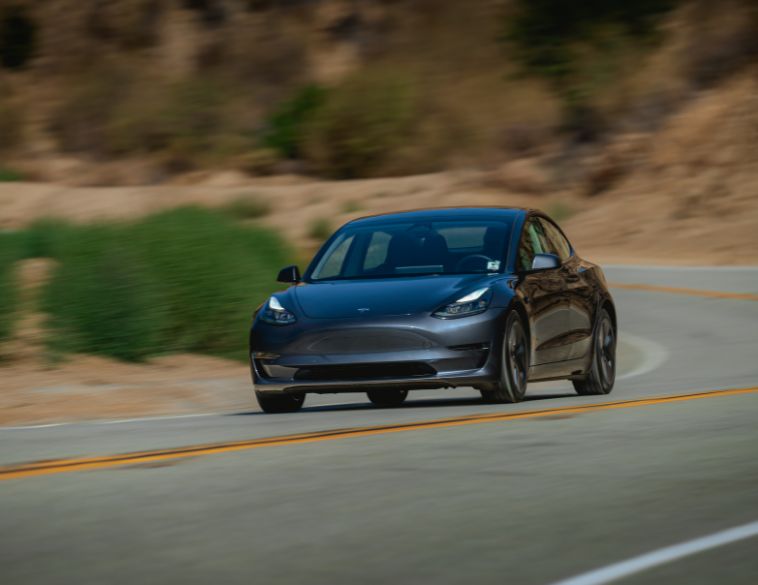Mark’s experience with a Tesla Model 3 suggests EVs are still not as practical as ICE or hybrid vehicles.
I have been thinking about this for some time. There is a definite push by our federal government to buy electric vehicles, despite the fact that they are not a viable alternative to Internal Combustion Engine (ICE) cars. They do not have comparable range or refuel times and are not any cheaper to drive compared to their ICE counterparts. Leave aside for this discussion as to whether there is an environmental advantage to driving an EV (which is debatable) or not and focus on just how practicable the car is.
Putting it to the test
Case in point, we recently purchased a Tesla Model 3 for our training centre as a training and demonstration platform.
I had to give a training session in Sudbury, Ontario, so I decided to take the Tesla thinking it would be a good test to see how the car did on a typical road trip. Our training centre is in Barrie and it is approximately 300 km to Sudbury. I made the sure the car had a full charge—Tesla recommends charging the vehicle to 80% for daily driving which according to the range meter should be good for 325 km.
I started by entering the destination into the trip computer, the car calculated the range and the available state of charge and plotted the route. The car calculated that I had to make a charge stop in Parry Sound, despite the fact that the car was showing more range than the trip required. No problem. I made the stop, spent 15 minutes on the charger and drove on to Sudbury and did my training session. On the way back to my hotel room I entered home as the next destination and was directed to another charging station where I spent 35 minutes bringing the car up to full charge.
The next morning, I re-entered home as my destination and was again directed to a charge station in Parry Sound as the car estimated that I had insufficient range to get all the way home. Another 15-minute stop and on to home.

Factors to consider
It didn’t take long to figure out that the indicated range and the actual range don’t jive. The range depletes faster than the actual mileage depending on your speed, what accessories you are using and how cold it is outside which requires you to run either the heater or air conditioner. I have noted this same issue with other EVs that I have driven.
The total time spent on charging added 1 hour to the trip, plus the costs of charging the vehicle each time. This made it significantly more inconvenient than doing the same drive in our Toyota Prius Prime which would not have required the stops. I routinely make this trip in the Prius and have more than enough range to make to same trip on one tank of gas. It costs me on average $45 to $50 to fill the Prius.
Having said that the car drives great, has good power and all the bells and whistles. The problem, however, is that it’s not convenient. If you were to drive the car around town every day and could charge it at home every night and providing you didn’t over drive the car’s range, it would be livable. On the other hand, if you do long trips, like to travel or are driving more than the car’s range each day then an EV is a poor choice for you, and you’d require a second car for long trips. Can EVs like this be driven long distances? Yes, providing you plan the trip ahead of time and are OK with frequent and long stops. It’s just not convenient.



